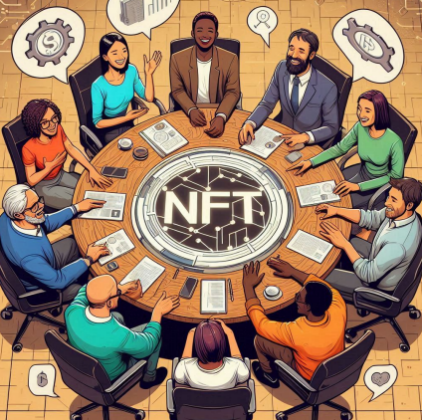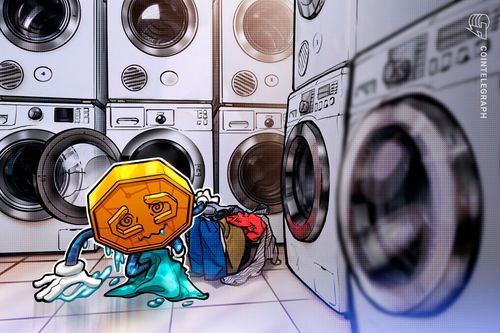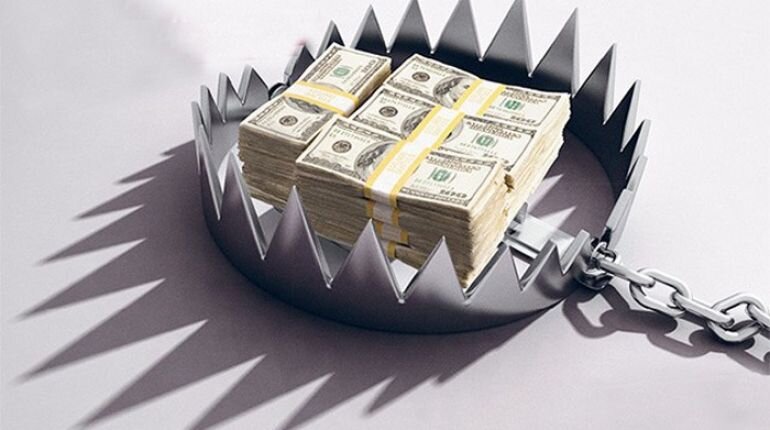Fractional ownership is becoming a hot buzzword in both the NFTs and real estate market. This gives different investors a stake of ownership in an asset, whether it's digital or physical. Certainly, it promises new opportunities but also carries its own piece of baggage. This article looks into fractional ownership of NFTs and real estate and sees the pros and cons of those particular interests with practical insights and financial metrics in mind for your future investment.
Understanding Fractional Ownership
Fractional ownership refers to a method whereby an asset is subdivided into smaller shares so that more people can own a piece. Examples of fractional ownership in NFT include digital art, music rights, or even virtual real estate. In conventional real estate, it might refer to vacation homes or even commercial buildings. This is democratizing access to the high value of assets such that most investors can easily buy them.

The Pros of Fractional Ownership in NFTs
- Accessibility: Fractional ownership in NFTs offers many advantages-one being accessibility. High-value NFTs may be too expensive to be afforded by individual investors. The assets thus created can now be segmented and divided among many investors due to fractional ownership. Imagine, for instance, one piece of digital artwork put up for $1,000,000. After fractioning the asset, then each share may sell out for $1,000.
- Liquidity: Fractional NFTs usually have better liquidity than whole NFTs. One can easily buy and sell their shares in the secondary market, thus an easy exit from investments. According to NonFungible.com, fractional NFT trading volume of the month increased 15% in 2021, which indicates the market is growing.
- Diversification: Investors can use portfolio diversification through the ownership of fractions of other NFTs. This is mitigating the risk associated with tying up money in a single valuable asset. In other words, one can diversify into digital art, music rights, and virtual ground real estate in a diversified asset class fashion.

The Cons of Fractional Ownership in NFTs
- Complexity: Fractional ownership of NFTs can be cumbersome and hinges on the smart contract and the blockchain. Investors must have, however, a significant technical level in the process of movement in the market. Misunderstandings or technical issues can lead to financial losses.
- Regulatory Uncertainty: The regulatory environment for fractional NFTs is still evolving. The regulatory landscape for digital assets varies across the countries and might lead the investors to uncertainty. Regulatory changes may impact not only the market price, but also the validity of fractional NFTs.
The Pros of Fractional Ownership in Real Estate
- Reduced Capital Requirement: Fractional ownership of real estate has the benefit that investors do not need to own significant upfront capital. Investors do not need to have the whole purchase price on the day the property is purchased, but it is necessary for investors to have an interest in the property ownership, thus the threshold shifts.
- Income Generation: Fractional ownership in real estate generates rental income. Through fractional ownership, investors share the rental return proportionate to their ownership interests. According to PwC, fractional ownership properties had an average annual return of 7% in 2020.
- Diversification: Similar to NFTs, fractional ownership in real estate allows for diversification. Investors can own shares in multiple properties across different locations and property types, thereby reducing risk. This approach can mitigate the impact of market fluctuations in a specific area or property type.

The Cons of Fractional Ownership in Real Estate
- Limited Control: Fractional ownership usually gives very little control over the property. Decisions for the property are usually carried out by a managing body or majority vote of owners. In many cases, it brings conflict or dissatisfaction if individual owners have issues with management decisions.
- Illiquidity: Real estate investments are normally less liquid than other forms of assets. It can take time to sell fractional shares in real estate. Also, unlike stocks or cryptos, it is hard to find buyers for fractional shares of real estate.
Practical Financial Metrics
To better understand the impact of fractional ownership, let's look at some quantifiable metrics:
- For NFTs
- Average Share Value: Fractional.art states that the average (percentage) of NFT was USD $500 in 2022.
- Trading Volume: The secondary market for fractional NFTs saw a trading volume of $150 million in 2021, a 25% increase from the previous year.
- For Real Estate
- Annual Returns: Data from PwC shows that fractional ownership real estate yielded an average annual return of 7% for 2020.
- Rental Yield: Fractional properties in prime locations yielded an average rental income of 5% per year, according to a report by JLL.
Future Prospects
Fractional ownership in NFTs and real estate entitles to a number of advantages and disadvantages. Low-cost, readily available investment options means that access to high-value assets is democratized, liquidity is improved, and portfolios can be diversified. Yet it is accompanied by complexity, regulatory uncertainty, the inability to control, and risk of illiquidity. Investors should carefully consider these pros and cons and keep abreast of market trends and their related legislation in order to fully benefit from their investments. Fractional ownership allows investors to acquire valuable assets at a lesser capital cost and with an expanded asset portfolio. However, understanding the complexities and being informed about regulatory changes is crucial to navigate this evolving market successfully.





